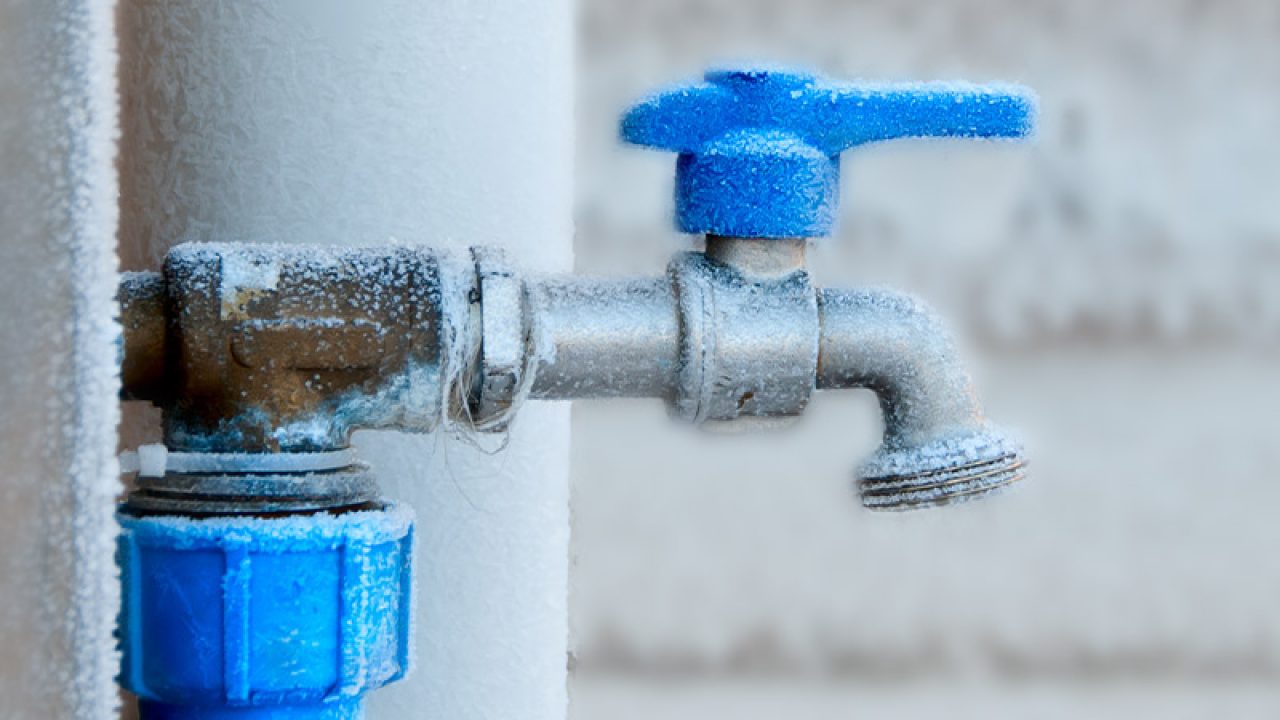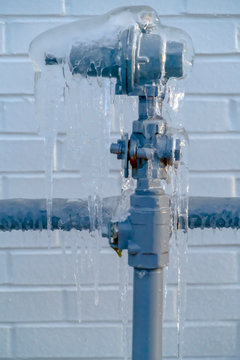Essential Tips to Protect Against Frozen Plumbing in Winter
Essential Tips to Protect Against Frozen Plumbing in Winter
Blog Article
On this page on the next paragraphs you can discover a lot of sound material relating to Preventing and dealing with frozen pipes.

Cold weather can damage your pipes, especially by freezing pipes. Below's exactly how to avoid it from taking place and what to do if it does.
Intro
As temperatures decrease, the risk of icy pipes rises, possibly leading to pricey repair work and water damages. Understanding exactly how to prevent frozen pipelines is crucial for home owners in cool environments.
Prevention Tips
Insulating prone pipes
Wrap pipes in insulation sleeves or utilize warm tape to shield them from freezing temperature levels. Focus on pipes in unheated or external areas of the home.
Home heating strategies
Maintain interior areas properly warmed, especially locations with pipes. Open cupboard doors to enable cozy air to circulate around pipelines under sinks.
Just how to identify icy pipes
Look for decreased water circulation from taps, unusual smells or noises from pipelines, and noticeable frost on subjected pipes.
Long-Term Solutions
Structural modifications
Take into consideration rerouting pipes far from exterior wall surfaces or unheated areas. Add added insulation to attics, cellars, and crawl spaces.
Updating insulation
Invest in top quality insulation for pipes, attics, and walls. Correct insulation aids keep constant temperature levels and lowers the danger of frozen pipelines.
Protecting Outdoor Plumbing
Garden hoses and outside taps
Detach and drain yard tubes before winter season. Mount frost-proof faucets or cover outside taps with shielded caps.
Comprehending Frozen Pipelines
What creates pipes to ice up?
Pipelines ice up when exposed to temperatures listed below 32 ° F (0 ° C) for prolonged durations. As water inside the pipes ices up, it expands, taxing the pipe walls and potentially causing them to burst.
Risks and problems
Icy pipelines can lead to supply of water interruptions, property damage, and costly repair work. Ruptured pipes can flooding homes and cause considerable structural damage.
Indications of Frozen Pipeline
Recognizing frozen pipes early can prevent them from bursting.
What to Do If Your Pipelines Freeze
Immediate activities to take
If you presume frozen pipes, maintain taps open up to eliminate stress as the ice thaws. Utilize a hairdryer or towels soaked in warm water to thaw pipelines slowly.
Conclusion
Preventing frozen pipelines needs positive measures and quick reactions. By recognizing the reasons, indications, and safety nets, home owners can protect their plumbing throughout winter.
5 Ways to Prevent Frozen Pipes
Drain Outdoor Faucets and Disconnect Hoses
First, close the shut-off valve that controls the flow of water in the pipe to your outdoor faucet. Then, head outside to disconnect and drain your hose and open the outdoor faucet to allow the water to completely drain out of the line. Turn off the faucet when done. Finally, head back to the shut-off valve and drain the remaining water inside the pipe into a bucket or container. Additionally, if you have a home irrigation system, you should consider hiring an expert to clear the system of water each year.
Insulate Pipes
One of the best and most cost-effective methods for preventing frozen water pipes is to wrap your pipes with insulation. This is especially important for areas in your home that aren’t exposed to heat, such as an attic. We suggest using foam sleeves, which can typically be found at your local hardware store.
Keep Heat Running at 65
Your pipes are located inside your walls, and the temperature there is much colder than the rest of the house. To prevent your pipes from freezing, The Insurance Information Institute suggests that you keep your home heated to at least 65 degrees, even when traveling. You may want to invest in smart devices that can keep an eye on the temperature in your home while you’re away.
Leave Water Dripping
Moving water — even a small trickle — can prevent ice from forming inside your pipes. When freezing temps are imminent, start a drip of water from all faucets that serve exposed pipes. Leaving a few faucets running will also help relieve pressure inside the pipes and help prevent a rupture if the water inside freezes.
Open Cupboard Doors
Warm your kitchen and bathroom pipes by opening cupboards and vanities. You should also leave your interior doors ajar to help warm air circulate evenly throughout your home.

As a person who reads about Preventing and dealing with frozen pipes, I imagined sharing that piece of content was appropriate. Are you aware of somebody who is interested by the subject? Please feel free to share it. Thank you for your time invested reading it.
Visit My Site Report this page